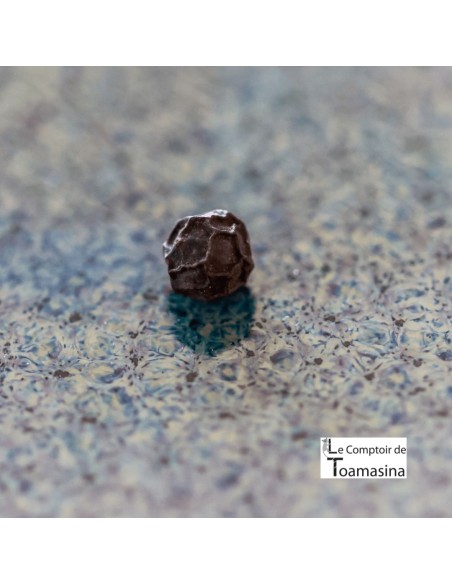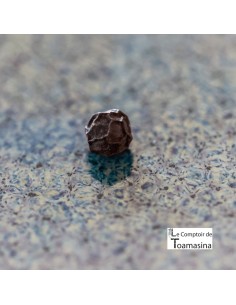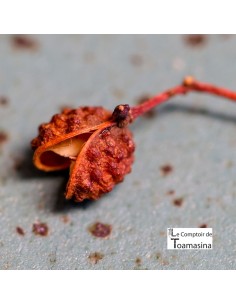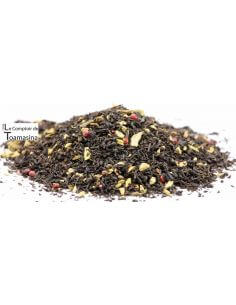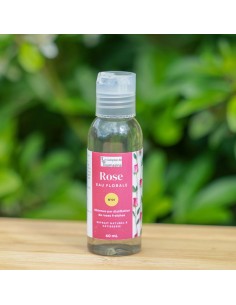In France, only the fruits of Piper nigrum, including Black Pepper , Green Pepper, Red Pepper and White Pepper , can claim the name " pepper " without further clarification. It's an ordinance from 1945. I explained this regulation, why timut pepper cannot be called pepper.
Compared to Voatsiperifery Pepper, a wild variety with vines with a risky harvest because it can grow up to 25 meters high, because it is a pepper that grows in the tops of trees in tropical forests .
Black Pepper is the simplest pepper to grow, ensuring more generous harvests than red or white pepper. With black peppercorns, you can have two harvests per year while white or red is one harvest per year.
Read our article on:
You should know that pepper cultivation takes place in plantations with stakes up to 4 meters high , with manual harvesting and manual drying of the pepper.
There are 3 types of pepper drying . Manual drying , you will have a pepper with a beautiful pericarp and good spiciness because it is in the pericarp that the pepper will have the bite and spiciness. Generally, it takes 7-8 days to dry the peppercorn . Semi-mechanical drying , here the pepper will have manual and then mechanical drying. Mechanical drying is faster but you will simply remove its pericarp and you will have a pepper without bland spiciness and which is not very aromatic.
The pepper is calibrated, put in dry containers and exported.
Then, upon arrival in Europe, the pepper must be debacterized and packaged in France in our workshop.
When we talk about the history of pepper, you should know that the introduction of the pepper plant to Madagascar dates back to the early years of the 20th century , thanks to the efforts of Emile Prudhomme , pioneer of colonial agronomy. Under his leadership, pepper quickly became an emblematic crop of the island, contributing to its agricultural development.
Despite the difficulties encountered in the 1930s, notably with Muller's disease which affected pepper plantations, the successful introduction of a resistant variety, Belontoeng, ensured the sustainability of pepper cultivation in Madagascar.
However, despite its exceptional quality, Madagascar Pepper often remains unknown on the international market, eclipsed by other more widely marketed varieties. It is high time to recognize this culinary treasure at its true value.
In Brazil, I discovered pepper plantations close to coffee plantations. It was really in Bahia that I discovered the same plantations in Madagascar.

